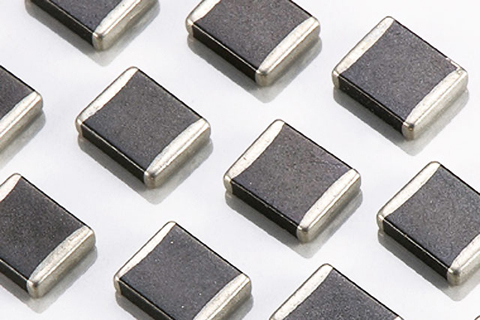A ceramic capacitor is a fixed-value capacitor where the ceramic material acts as the dielectric. It is constructed of two or more alternating layers of ceramic and a metal layer acting as the electrodes. The composition of the ceramic material defines the electrical behavior and therefore applications.
Ceramic capacitors are divided into two applicatiion classes:
● Class 1 ceramic capacitors offer high stability and low losses for resonant circuit applications.
● Class 2 ceramic capacitors offer high volumetric efficiency for buffer, by-pass, and coupling applications
Safety Certified Capacitors are classified as either X and/or Y capacitors.
● Class X capacitors are primarily used in line-to-line (across-the-line) applications.
In the application, there is no danger of electric shock to humans should the capacitor fail, but could result in a risk of fire.
● Class Y capacitor is primarily used in line-to-ground (line by-pass) applications.
In the application, failure of the capacitor could lead to danger of electric shock.
Ceramic capacitors, especially multilayer ceramic capacitors (MLCCs), are the most produced and used capacitors in electronic equipment.
Ceramic capacitors of special shapes and styles are used as capacitors for RFI/EMI supperssion, as feed-through capacitors and in larger dimensions as power capacitors for transmitters.



